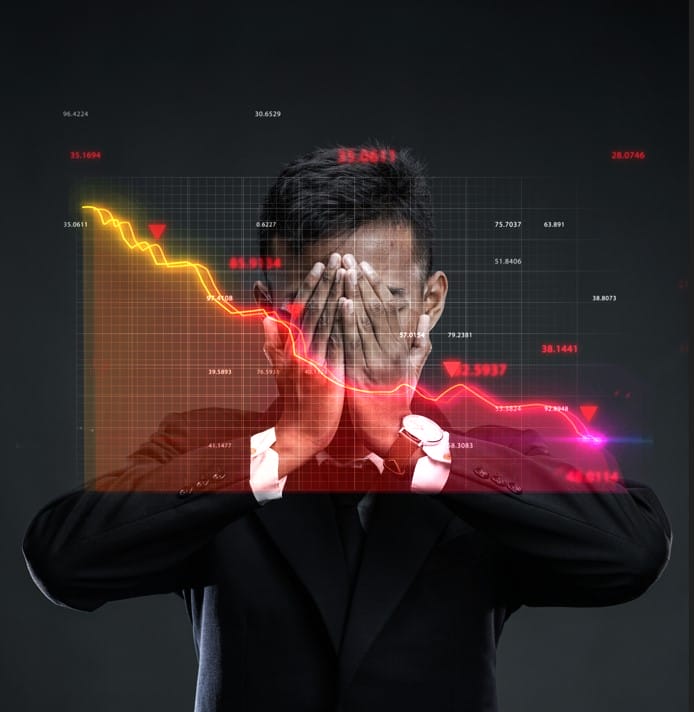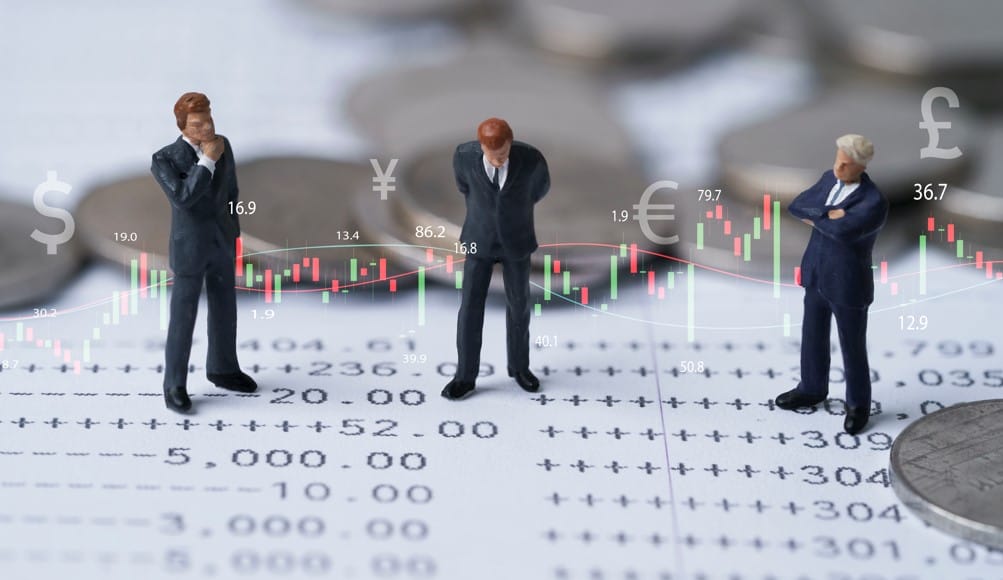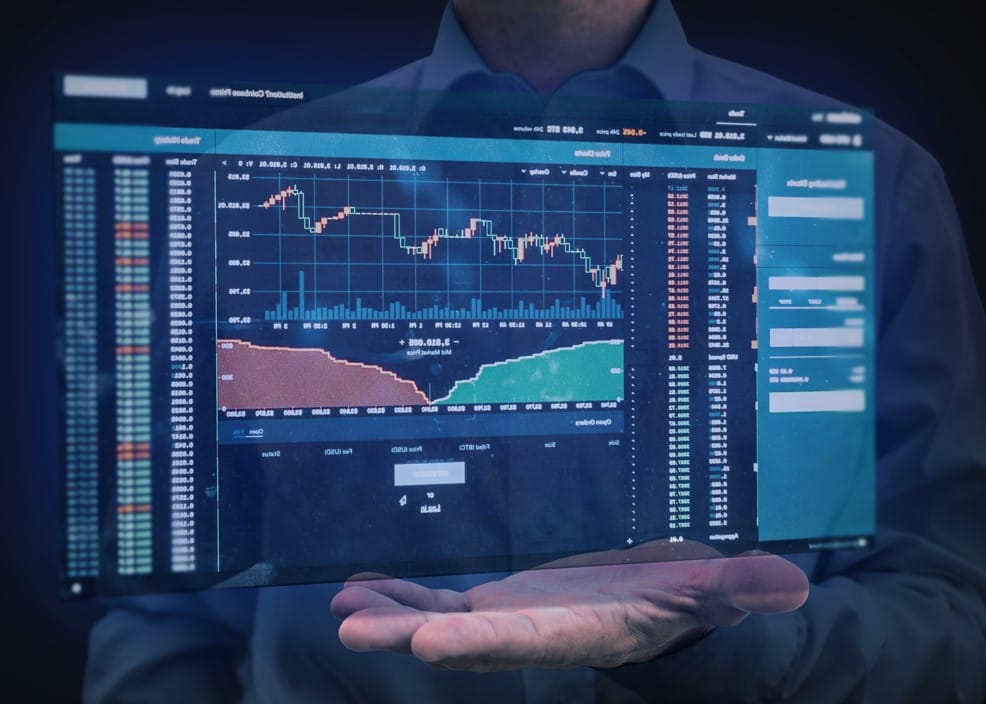The foreign exchange (Forex) market is the largest and most liquid financial market globally, with trillions of dollars being traded daily. With such a vast volume of transactions, it is no surprise that traders continuously seek innovative approaches to gain a competitive advantage. Thinking outside the box and exploring unique Forex trading ideas can be the key to success in this dynamic market. In this article, we will delve deeper into five unconventional trading strategies that can help traders stay ahead of the curve and potentially improve their trading performance.
Algorithmic Trading with Sentiment Analysis

Algorithmic trading, also known as algo-trading, involves the use of computer algorithms to execute trading strategies based on pre-defined rules and parameters. Traditionally, algorithms have relied on technical indicators and historical price data to make trading decisions. However, by integrating sentiment analysis, traders can add a new dimension to their trading algorithms.
Sentiment analysis aims to gauge the emotional and psychological factors influencing market participants’ decisions. This is done by analyzing various sources, such as social media, news articles, and financial commentary, to identify positive or negative sentiments related to specific currency pairs. By incorporating sentiment analysis into their algorithms, traders can react more swiftly to sudden shifts in market sentiment, helping them make more informed and timely trading decisions.
Utilizing Machine Learning for Predictive Analysis

Machine learning, a subset of artificial intelligence, enables computers to learn from historical data and improve their performance without being explicitly programmed. When applied to Forex trading, machine learning algorithms can analyze vast amounts of historical price data and identify patterns that may not be apparent to human traders.
For example, machine learning models can recognize and classify various chart patterns, such as head and shoulders, double tops, and triangles, which may signal potential reversals or continuations in price movements. Moreover, machine learning algorithms can analyze correlations between different currency pairs, offering insights into potential arbitrage opportunities or the strength of certain economic relationships.
Traders who incorporate machine learning into their strategies can gain a data-driven edge, making it easier to anticipate market movements and improve the accuracy of their trading decisions.
Diversifying with Exotic Currency Pairs

The Forex market predominantly revolves around major currency pairs like EUR/USD, USD/JPY, and GBP/USD. While these pairs offer high liquidity and tighter spreads, they may become saturated with traders, leading to reduced trading opportunities. Diversifying into exotic currency pairs, which involve currencies from smaller or emerging economies, can open up new avenues for potential profits.
Exotic currency pairs, such as USD/TRY (US Dollar vs. Turkish Lira) or USD/THB (US Dollar vs. Thai Baht), often experience higher volatility due to lower liquidity and less predictable market behaviors. However, traders who thoroughly research and understand the unique economic fundamentals and geopolitical developments of these currencies can capitalize on price inefficiencies and find lucrative trading opportunities.
Applying Intermarket Analysis

Intermarket analysis involves examining relationships between various financial markets to gain insights into potential currency movements. The Forex market is not isolated, and developments in other markets, such as equities, commodities, and bonds, can influence currency prices.
By monitoring correlations and trends in related markets, Forex traders can identify potential trading opportunities and make more informed decisions. For instance, if they see a strong positive correlation between the price of gold and the Australian dollar (AUD), they can use movements in gold prices as a leading indicator for potential AUD trades.
Incorporating Seasonal Patterns and Events

Seasonal patterns and events can significantly impact Forex markets. During the holiday season, trading volumes might decline as many traders and investors take time off, leading to reduced liquidity and potentially increased volatility. Additionally, central bank meetings, economic data releases, and geopolitical events can create short-term price fluctuations.
Traders can use calendars of key economic events to plan their trades and adjust their strategies accordingly. For example, they might adopt a more conservative approach ahead of major events or take advantage of seasonal trends that tend to recur. By understanding how seasonal patterns and events can influence the Forex market, traders can better position themselves to capture potential opportunities.
Fibonacci Trading Techniques

Fibonacci retracements and extensions are based on the Fibonacci sequence, a mathematical series where each number is the sum of the two preceding ones (e.g., 0, 1, 1, 2, 3, 5, 8, 13, 21, and so on). In Forex trading, traders use specific ratios derived from the Fibonacci sequence, such as 38.2%, 50%, and 61.8%, to identify potential support and resistance levels on price charts.
Traders plot these levels on their charts after identifying a significant price swing or trend. The idea is that after a substantial price movement, the price may retrace or extend to one of these key Fibonacci levels before resuming its original trend. Traders often look for confluence between Fibonacci levels and other technical indicators, like moving averages or trendlines, to validate potential trade setups. The concept of Fibonacci analysis can add an additional layer of confirmation to traders’ decisions and help them identify critical price levels for placing stop-loss and take-profit orders.
Trading Psychology and Mindfulness

The psychological aspect of trading plays a crucial role in a trader’s long-term success. Emotions like fear, greed, and impatience can lead to irrational decisions and trading errors. To maintain a disciplined approach, traders should cultivate a sound trading psychology.
Practicing mindfulness techniques can be beneficial in managing emotions and staying focused during trading sessions. Techniques such as meditation, deep breathing exercises, and visualizations can help traders maintain emotional balance, especially during volatile market conditions. By remaining calm and focused, traders are more likely to adhere to their trading plan and execute trades with rationality and discipline.
Social Trading Networks

Social trading networks have gained popularity in recent years as they offer a platform for traders to interact, share insights, and replicate the trades of successful investors. This approach can be particularly beneficial for less experienced traders who wish to learn from more seasoned professionals.
On social trading platforms, traders can view the performance and trading history of other participants, often referred to as “gurus” or “signal providers.” Traders can choose to follow these signal providers and have their accounts automatically mimic their trades. While social trading can provide valuable learning opportunities, traders must exercise due diligence and evaluate the risk associated with replicating other traders’ strategies. It is essential to assess the track record, risk profile, and consistency of a signal provider before deciding to follow their trades.
Utilizing Option Strategies

Forex options provide traders with an alternative way to participate in the Forex market and manage risk. An option contract grants the holder the right, but not the obligation, to buy (call option) or sell (put option) a specific currency pair at a predetermined price (the strike price) on or before a specified date (the expiration date).
Option strategies can be used for various purposes in Forex trading. For instance, a trader might use a long straddle strategy if they anticipate significant market volatility but are uncertain about the direction of the price movement. This involves buying both a call and a put option with the same strike price and expiration date. If the market moves significantly in either direction, one of the options will be profitable, compensating for the cost of the other option.
Options can be valuable tools for risk management, hedging against adverse price movements, and taking advantage of market opportunities with limited downside risk. However, trading options requires a solid understanding of their mechanics and potential complexities
Backtesting and Journaling

Before implementing a new trading strategy, traders should rigorously backtest it using historical data. Backtesting involves applying the trading strategy to past market conditions to assess its performance and potential profitability. Traders can use backtesting software to simulate trades and evaluate how the strategy would have performed in various market scenarios.
Maintaining a trading journal is equally important as it allows traders to review and analyze their past trades objectively. A trading journal helps traders identify patterns of success and failure, uncover strengths and weaknesses, and continuously improve their strategies and decision-making process.
Geo-Political Analysis

Geo-political factors play a crucial role in shaping Forex markets. For example, political instability in a country can lead to a loss of confidence in its currency, causing it to depreciate. Conversely, positive developments, such as signing a trade agreement or improving diplomatic relations, can strengthen a currency.
Traders need to keep themselves informed about global events and how they can impact the currency pairs they trade. They may consider monitoring news outlets, official statements from governments and central banks, and geopolitical analysts’ reports. Integrating geo-political analysis into their trading strategies allows traders to anticipate potential price movements and make better-informed decisions during times of geopolitical uncertainty.
Conclusion
Thinking outside the box is crucial for Forex traders who wish to excel in a highly competitive market. The five unique trading ideas discussed – algorithmic trading with sentiment analysis, utilizing machine learning for predictive analysis, diversifying with exotic currency pairs, applying intermarket analysis, and incorporating seasonal patterns and events – offer valuable perspectives and approaches to stay ahead of the market.
It is essential for traders to continually learn, adapt, and practice disciplined risk management to successfully implement these strategies. While these unique ideas can provide an edge, no trading approach is foolproof, and success ultimately depends on a trader’s skills, knowledge, and emotional discipline. By combining innovative thinking with solid trading principles, traders can navigate the Forex market with confidence and improve their chances of long-term success.
Don’t trade all the time, trade forex only at the confirmed trade setups.
Get more confirmed trade setups here: forexgdp.com/buy/
